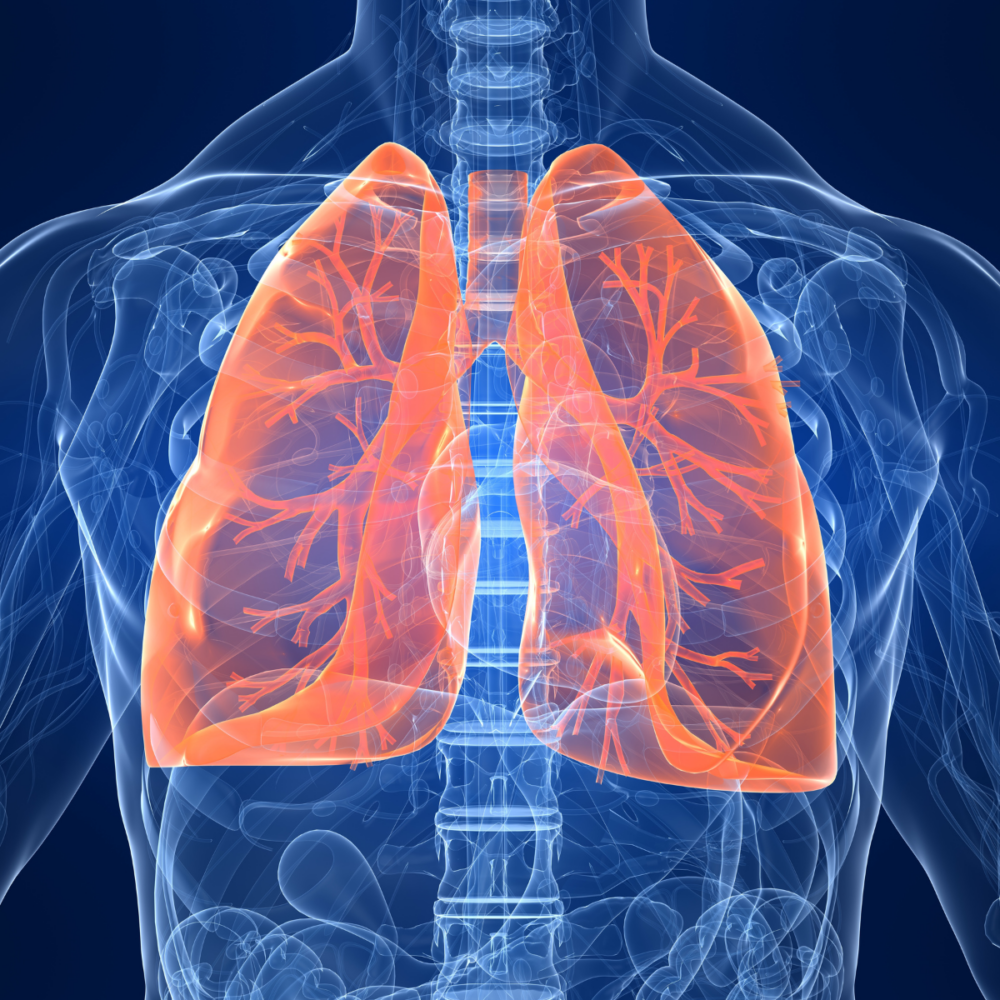La confusión en torno a la detección del cáncer de pulmón contribuye a las bajas tasas de detección

FO PUBLICACIÓN INMEDIATA
Kyra Meister
703-836-1746
kyra.meister@preventcancer.org
Alejandría, Virginia – Lung cancer remains the leading cause of cancer death in the U.S. despite effective screening for those at high risk—and significant confusion about who is eligible for lung cancer screening and what screening for the disease looks like may be to blame. This has resulted in shockingly low screening rates for a cancer that takes more than 127,000 lives in the U.S. every year.1
La noticia proviene de un informe reciente from the Prevent Cancer Foundation that found 65% of Americans 21 years of age and older say they are not up to date with one or more routine cancer screenings.2 Of all routine cancer screenings, lung cancer screening rates are the lowest— less than 6% of eligible people in the U.S. have been screened for lung cancer compared to 70% for breast cancer and 74% for colorectal cancer.
En el Encuesta de Detección Temprana 2023, far more people self-reported they were eligible for lung cancer screening than actually met the screening criteria. This spotlighted the confusion surrounding what lung cancer screening is and the lack of understanding around lung cancer screening eligibility.
“Although anyone with lungs can get lung cancer, routine screening is only recommended for those with increased risk due to their smoking history. It’s important to know whether you meet the criteria to get screened,” said Heather Mackey, DNP, ANP-BC, AOCN®, Senior Director of Cancer Prevention and Early Detection at the Prevent Cancer Foundation.
Overall, results of the survey show a need for more clarity when describing who is eligible for lung cancer screenings and defining “pack-year history”3 to at-risk populations:
- Of those surveyed, more than 2 in 5 respondents were unable to identify the accurate description of a lung cancer screening.
- After exposure to a definition of pack-year history, 44% of those surveyed indicated the definition of a pack-year history is not easily understood.
A person’s pack-year history helps determine their eligibility for lung cancer screening—but a lack of understanding of how to calculate a pack-year history is leaving people eligible for screening in the dark, unable to benefit from the routine screening needed to find cancers in earlier, more treatable stages.
If you’re a heavy smoker or a former heavy smoker, talk with your health care provider about lung cancer screening. The U.S. Preventive Services Task Force (USPSTF) recommends screening people who:
- Tienen entre 50 y 80 años
- Have a 20 pack-year history of smoking
- Still smoke or have quit within the past 15 years4
“Screening long-time smokers with annual low-dose chest CT significantly reduces cancer deaths, which is why it’s crucial we educate people about screening. We know that early detection equals better outcomes, and it’s our mission to make sure others know that, too,” Dr. Mackey said.
Puede encontrar información y recursos sobre todos los tipos de cáncer estudiados en la Encuesta de Detección Temprana de 2023, incluida información sobre exámenes de detección relevantes, en www.preventcancer.org/betteroutcomes. For more information about lung cancer and ways to reduce your risk, visit www.preventcancer.org/pulmón.
1American Cancer Society. Cancer Facts & Figures 2023. Atlanta: American Cancer Society; 2023.
2The Prevent Cancer Foundation commissioned Atomik Research to conduct an online survey ohF 2,014 Americans 21 years of age and older. The margin of error is +/- 2 percentage points with a confidence interval of 95%. Los exámenes de detección de cáncer estudiados en esta encuesta fueron cáncer de mama, cáncer de cuello uterino, cáncer colorrectal, cáncer oral, cáncer de pulmón, cáncer de próstata, cáncer de piel y cáncer testicular.
3A pack year is an estimate of how much a person has smoked over time. The number of packs of cigarettes smoked every day is multiplied by the number of years a person has smoked that amount. Example: a person who smoked 1 pack a day for 20 years has a history of 1 x 20 = 20 pack years.
4On November 1, 2023, the American Cancer Society released new lung cancer screening guidelines which indicate that the number of years since quitting smoking will no longer be relevant for starting or stopping yearly screening. Under the new guidance, anyone who smokes or has smoked and has at least a 20 pack-year history of smoking is considered to have a high risk for developing lung cancer and should be recommended for annual screening.
###
Acerca de la Fundación Prevent Cancer®
La Fundación para Prevenir el Cáncer® es el unico estados unidos-basado organización sin ánimo de lucro solamente dedicado a cáncer prevención y temprana detección. A través de la investigación, la educación, superar a y promoción, Hemos ayudado a innumerables personas a evitar un diagnóstico de cáncer o a detectarlo lo suficientemente temprano como para poder tratarlo con éxito. Estamos impulsados por una visión de un mundo donde el cáncer sea prevenible, detectable y vencible para todos.
La Fundación está luchando para afrontar el desafío de reducir las muertes por cáncer en 40% para 2035. Para lograrlo, somos comprometido a invertir $20 millones en tecnologías innovadoras para detectar el cáncer tempranamente y avanzar multi-detección del cáncer, $10 millones para ampliar el acceso a la detección del cáncer y la vacunación médicamente comunidades desatendidas y $10 millones para educar al público sobre las opciones de detección y vacunación.
Para mayor información por favor visite www.preventcancer.org.
